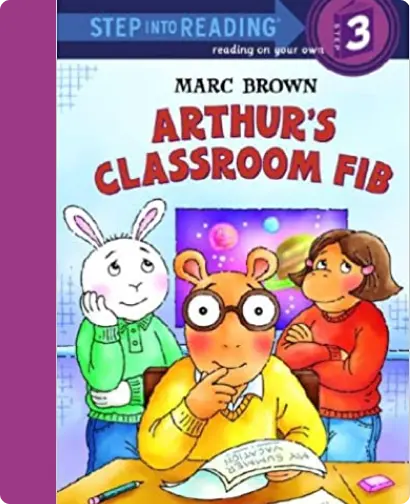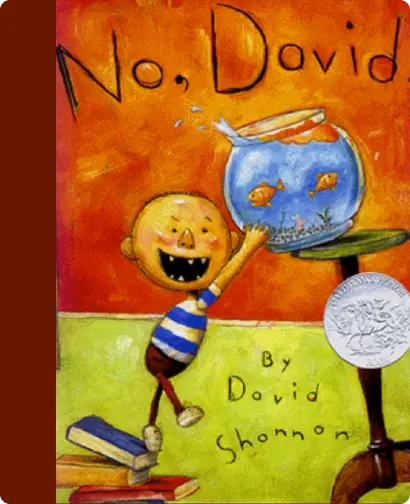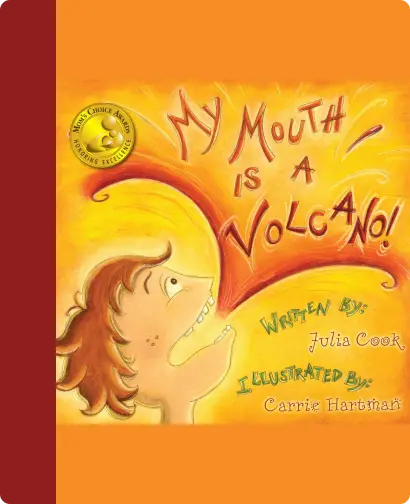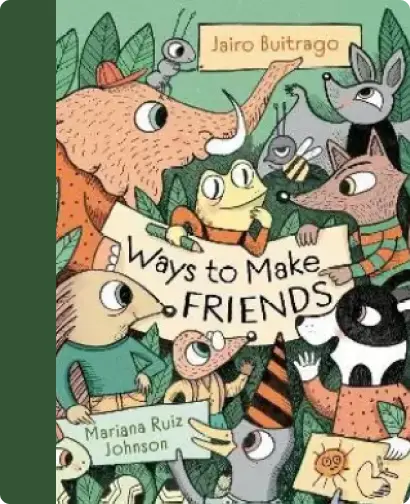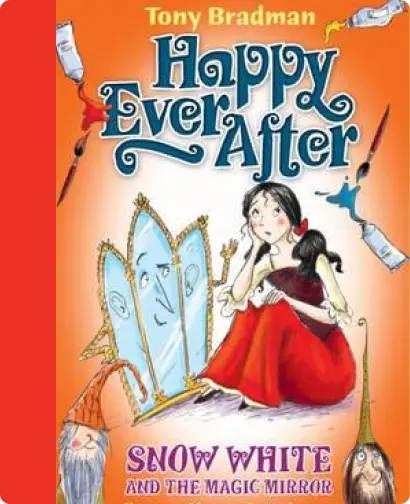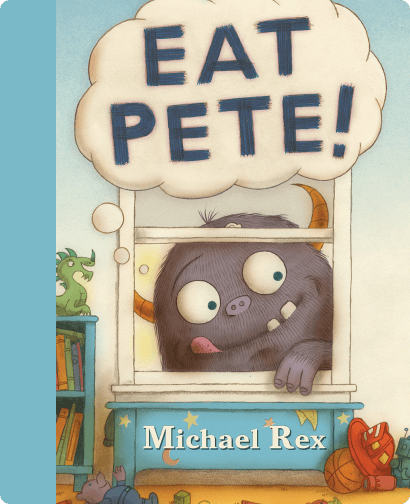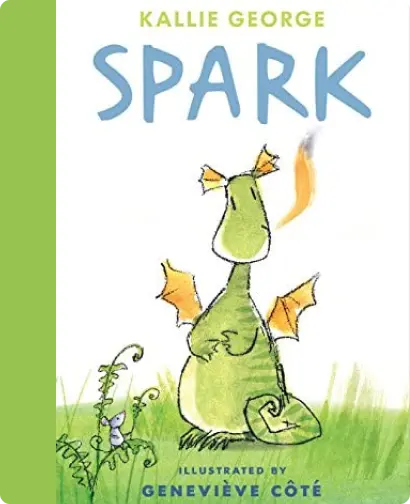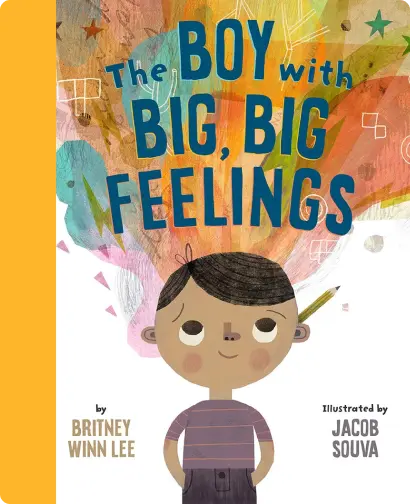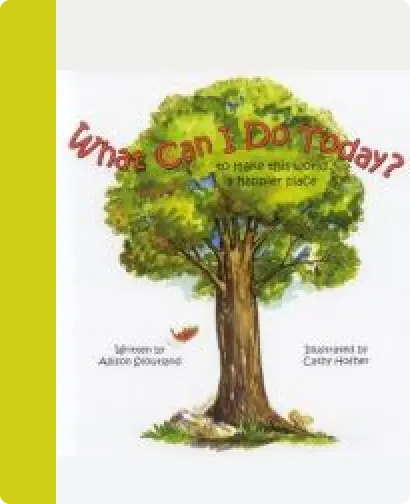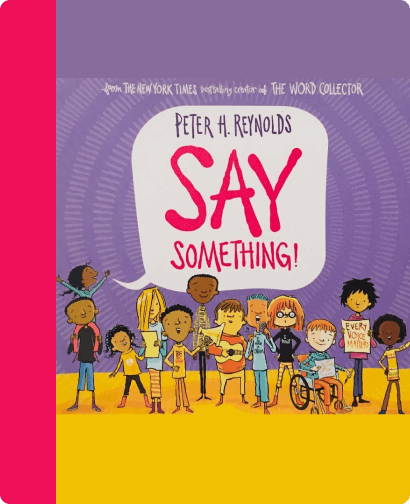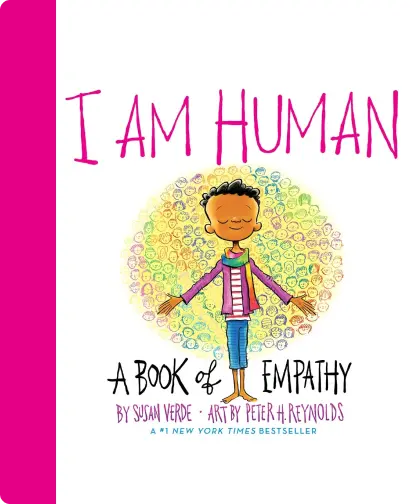Social and Emotional Learning Booklist: Grades 1 to 3
Based on the original work of Maggie Hos-McGrane
Students in the lower elementary grades are often actively working on building their social and emotional skills. They are constantly learning how to build friendships, solve problems on the playground, and work in groups.
Therefore, it is imperative that educators give them tools and strategies to manage their emotions and empathize with others. By reading to our students, we can help make complex ideas around social and emotional learning accessible and easy to understand. Through story characters and plots that mirror real-life situations, students learn to navigate their own social and emotional challenges. Furthermore, discussions and reflections during read-alouds promote vocabulary, comprehension, and high-level thinking.
Our approach when creating this booklist
While compiling a list of recommended books to support social and emotional learning in lower elementary, we focused on challenges common to students of this age group. These books support discussions about self-management skills, understanding emotions, responsible decision-making, and developing a growth mindset.
We used CASEL’s core competencies framework to create a varied booklist with stories about diverse backgrounds, cultures, and contexts – relevant to students in international schools who often come from different countries. The booklist also includes several fictional and non-fictional books with letters, biographies, and memoirs.
Strategies to use this booklist in your classroom
It is as important for us to read-aloud to our students in the lower primary years as it is to encourage them to read independently or in pairs. Read- alouds help us scaffold student understanding of social and emotional skills, and give us an opportunity to provide them with specific tools to manage challenges. You can create an ideal reading environment by setting up reading corners with flexible seating, a rug, some pillows, indoor plants, and calm-down glitter jars. Invite students to set up and decorate these reading spaces and help you with selecting, displaying and arranging books.
Things to try!
- Model reading – Encourage students to develop a love of reading by modelling reading strategies like using expression and voice modulation. Make reading fun – practice reading in different animal voices or funny voices.
- Pause and ask questions – Pause often to ensure students understand the story to see if they have any questions or personal connections they can make.
- Variety of books – Introduce your students to various genres – picture books, books with large text, chapter books, bilingual books, and so on. Have a healthy mix of both fiction and non-fiction for read-alouds.
- Plan your read-aloud sessions – Strategically timed read-aloud sessions during circle time, morning meetings, or end-of-the-day is a great way to help students focus on specific skills that you identify as the need of the hour.
- Journal entries – Start a class discussion about the book and ask students to write their thoughts or draw in a journal.
Through this booklist, we hope to empower your students to become aware of their emotions and use this growing awareness to deal with them in a constructive manner. Have a great time reading for and with your students!


